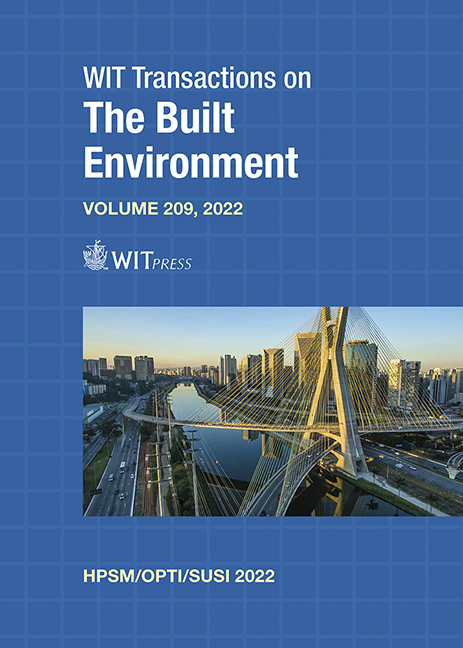ANALYSIS OF CHARGE SHAPE INFLUENCE ON BLAST PRESSURE
Price
Free (open access)
Transaction
Volume
209
Pages
12
Page Range
85 - 96
Published
2022
Paper DOI
10.2495/HPSU220081
Copyright
Author(s)
HRVOJE DRAGANIĆ, SANJA LUKIĆ, IVAN RADIĆ, GORAN GAZIĆ, MARIO JELEČ
Abstract
Blast wave intensity depends on several parameters, namely: explosive material type, charge weight, shape and orientation, detonation point position, detonation initiator type (primary explosive type), the position (distance) of the explosive charge in relation to the intended target (standoff distance) and ground surface. Environmental conditions, particularly air temperature, humidity and atmospheric pressure, also influence blast pressures. It is difficult to accurately predict the blast wave action on target structures if all of these parameters are considered. This research concentrates on the influence of the shape of the explosive charge on blast pressure measurements. Spherical and hemispherical charge shapes are considered usual and, as such, accurate and reliable analytical expressions for the blast wave pressure approximation are available. The form and propagation of spherical charge blast waves are considered to have been thoroughly studied and known. In today’s urban and guerrilla warfare, speed of action is a crucial factor. Rendering the careful shaping of explosive charges is time consuming and unnecessary, hence the need for investigating different charge shapes, other than spherical. This investigation consisted of field range experimental measurements of the incident (freefield) and reflected pressures caused by detonating differently shaped charges. The shapes considered were: spherical, cylindrical and rectangular. The experiments were numerically validated and verified using ANSYS Autodyn hydrocode software. Numerical simulations utilised a coupled Euler–Lagrange planar solver, using an ideal air environment and PEP500 explosive material. Charge shapes varied, according to the experimental outline, and the measuring points were constant, to allow comparison of the measured data.
Keywords
blast load, charge shape, incident pressure, ANSYS Autodyn





